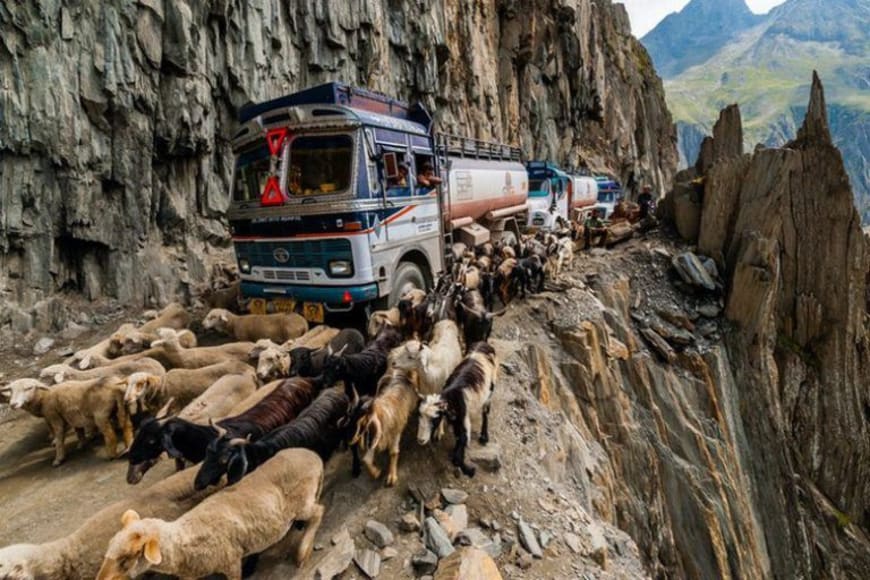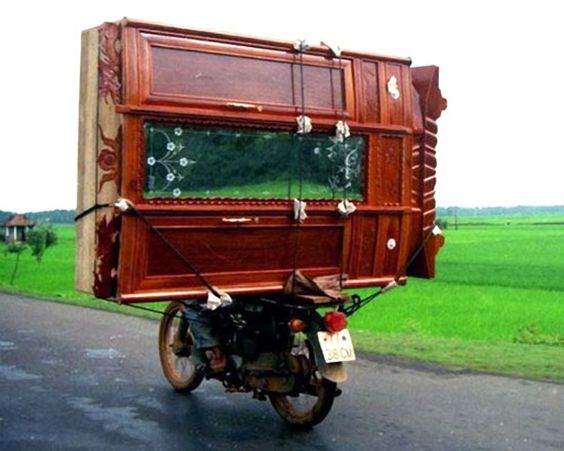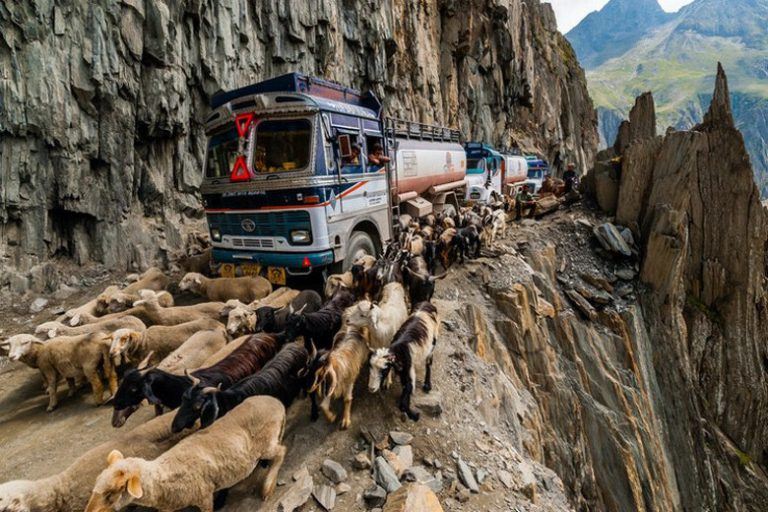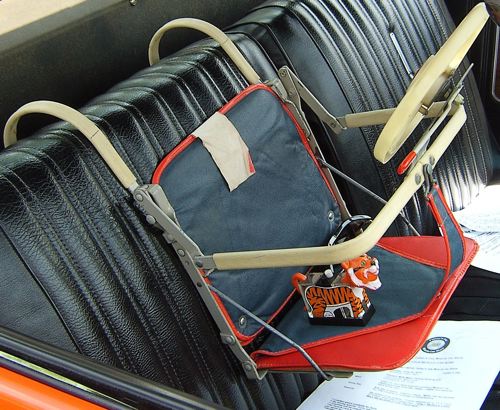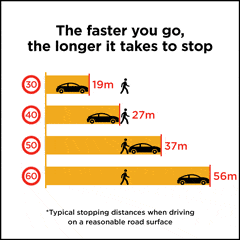We have all seen those posts on social media of ridiculously overloaded mopeds and had a chuckle. You know - like this one...
In fact, there is a whole Pinterest board devoted to pics like this if anyone feels so inclined.
If you’ve received a ticket lately, you may not feel so warm and fuzzy about road safety, but regulation makes a massive difference in keeping Australia’s per capita road toll low in comparison to other countries and road safety is no joke – particularly for our little people. Globally, road injury is the leading cause of death for children and young people (World Health Organisation, ‘Global Status Report on Road Safety 2023’). If you’re keen to know more about keeping your child safe on or near the road, read on!
How to reduce road fatalities
The World Health Organisation has made a number of recommendations to lower the risk of road fatalities. Some of these recommendations sit with regulatory authorities, for example:
- vehicle safety (this relates to the safety features for cars sold in countries with less onerous regulations);
- timely access to care post-accident; and
- safe road infrastructure.
However, there are a number of recommendations that are within our control. We won’t canvass everything in this post (drink driving, drug driving and distracted driving for example) but we will hit the highlights...
Seat belts
Growing up in the US in the 80s, we remember a time when seat belt use still wasn't really 'a thing'. However, in terms of easy things that can be done to prevent the risk of harm, the use of seat belts tops the list.
Crash testing has established that if your car is in an accident, unrestrained occupants of a car continue to travel forward at the same speed that the car was travelling until they are stopped by a physical barrier of some kind (usually a seat, steering wheel, dashboard or windscreen). Because children are smaller, they can be thrown from the vehicle completely. ‘Seat belts have saved more lives than any other road safety intervention in history’ (World Health Organisation, ‘New global guidelines to boost the use of life-saving safety restraints in vehicles’, 2023).
Child restraints
The use of child restraints is responsible for a 71% reduction in deaths among younger infants. We have come a long way from this kind of arrangement:
However, the wonderful child restraints of today are only as effective as their use and proper installation. We highly recommend checking out the National Best Practice Guidelines for the Safety of Children in Motor Vehicles, prepared by Kidsafe and Neura in 2020. Futuro families will also find a copy of this document in our Sharepoint Policy & Procedure Repository.
The Best Practice Guidelines set out 10 recommendations, but the highlights are:
- Always buckle up – the use of any restraint is preferable to not using a restraint.
- Use the right restraint for the right age and stage, until such time as your child no longer fits in it – restraints start with rear-facing for infants, before moving to inbuilt harness restraints and then booster seats with a lap-sash seat belt.
- Restraints should be correctly fitted and adjusted.
- Children are always safest in the back seat.
- Don’t add accessories to your child restraint that were not provided by the manufacturer.
Speeding
In NSW, speeding is the single biggest contributor to death and injury. The higher the speed of your vehicle, the less time you have to react to avoid a crash and to stop. Transport for NSW has created this handy infographic, which shows the impact of difference speeds on stopping times.
If a car hits a pedestrian at 50 km per hour, the impact is twice as likely to cause death than if the car had been travelling at 40 km per hour. That's quite a sobering statistic.
We have observed the speed of some vehicles driving down Digitaria Drive and have engaged with Council to have a speed advisory trailer placed along the street in the coming months, in an effort to protect children and families entering and exiting the centre car park.
Pedestrian and carpark safety
A great way to mitigate road-related risks is to walk or take public transport. However, being a pedestrian comes with its own risks and safety in our carpark is something of which we are particularly mindful.
In the first weeks of January this year, two tragic driveway fatalities have been reported in the news. Kidsafe reports that on average, 7 children under the age of 14 are killed every year due to driveway collisions, with another 60 children being seriously injured. Those are some pretty terrible statistics.
As neighbouring blocks around our Gledswood Hills centre are developed, we expect traffic through and around the car park to increase, making it even more important to:
- Park as close to the centre entry as possible when bringing children in and out of the centre
- Hold your child’s hand when bringing them through the carpark
It’s also important not to leave children in unattended vehicles in the carpark. Technically, it is a crime to leave children in a car without supervision, and if you are caught you may be fined up to $22,000. Primarily, the risk of leaving a child unattended in car relates to heatstroke and dehydration, as temperatures within a car can reach harmful levels within only 5 minutes, even on cloudy days. However other reasons include the risk that your child could:
- Choke on food or a toy
- Accidentally lock you out of the car
- Be involved in a car accident
- Be the victim of a car break in
- Release themselves from their restraints and exit the car or disengage the handbrake
Sooo, that wasn't a very uplifting blog post
Ugh, I know, right?! Sorry.
For many of us, driving a car is one of the most dangerous things we will ever do and we do it on a daily basis. We’ve come a long way, and we are lucky to live in a country that takes road safety seriously, however there are still a number of factors within our control that can significantly reduce the risk of harm for everyone in the community.
As always, if you have any questions, please don't hesitate to ask a member of our friendly team or reach out to us at enquiries@futuro.nsw.edu.au!

